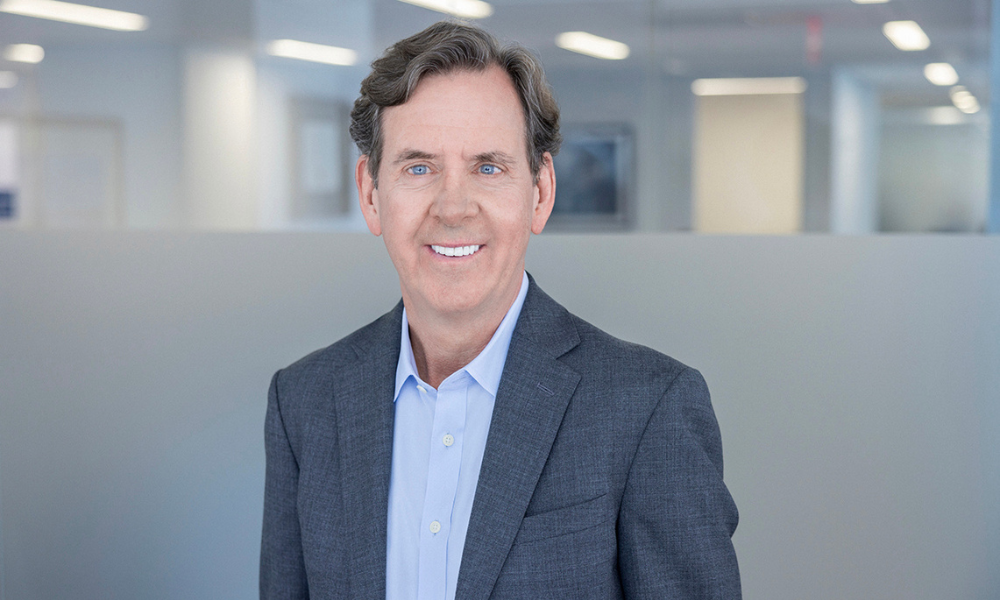

Clients don’t want portfolio managers; they want life planners. That’s the message veteran advisor Gerard Klingman is sending to a wealth management industry stuck in the past.
Self-directed investing has become the norm, not the exception. According to a 2025 J.D. Power US Investor Satisfaction Study, younger investors, especially millennials and Gen Z, are increasingly engaging in do-it-yourself (DIY) investing, with many using multiple approaches including both self-directed and advised channels.
With trading platforms offering commission-free stock purchases at the swipe of a finger, wealth management firms are being forced to rethink their value proposition. Gerard Klingman, founder and president of Klingman & Associates, has watched this shift unfold – and he’s not surprised by the rise of self-directed investing.
“If the advisors just focused on a portfolio, then, to some extent, they do have some risk in terms of do-it-yourself investors,” Klingman says.
As a 40-year industry veteran, he recalls a time when investors had no choice but to call an advisor to make a trade. “Clients had to come to us to buy a bond, to buy a stock, to buy a mutual fund,” he says. “Now almost anything, other than potentially private investments, a client can get on their own just as quickly or cheaply.”
But rather than view this evolution as a threat, Klingman sees an opportunity – especially in the ultra-high-net-worth space – to elevate the advisory role.
“What we do has changed,” he stresses. “We’re much more focused on comprehensive wealth management, real estate planning, insurance needs, estate strategies, philanthropic giving, and family education. The portfolio is only one part of the financial picture of a client of ours.”
As access to information grows, so does investor confidence. Clients are no longer intimidated by the markets – they’re increasingly comfortable with risk, regardless of whether they work with advisors.
“The fact that investors have got more knowledgeable has made them more willing to assume risk,” Klingman says.
Still, one narrative he’s quick to challenge is the idea that younger investors are abandoning advisors altogether. “What I totally disagree with is a lot of people say, ‘Well, the younger generation, people in their 20s and 30s, they want to do it themselves.’ I think that’s baloney,” he says.
In Klingman’s view, the real inflection point comes with life complexity. “Wait till they get a little bit more money,” he says. “All of a sudden, they have restricted stock units or stock options. They’ve got children. They want to educate their children. What’s the most appropriate way to save for college?”

Federal data show reports of at least $100,000 in losses skyrocketed to hit $445 million in 2024.

The fintech firms' latest additions, including veterans from Bloomberg and JPMorgan, come amid rising demand for alternative assets in the retirement space.

Steward Partners adds a $481 million Ohio-based team, while $35.7 billion &Partners expands its reach in Minnesota.

Emerson Equity and its advisor, Tony Barouti, were likely the largest sellers of defunct GWG L bonds.

Stan Gregor, Chairman & CEO of Summit Financial Holdings, explores how RIAs can meet growing demand for family office-style services among mass affluent clients through tax-first planning, technology, and collaboration—positioning firms for long-term success
Stan Gregor, Chairman & CEO of Summit Financial Holdings, explores how RIAs can meet growing demand for family office-style services among mass affluent clients through tax-first planning, technology, and collaboration—positioning firms for long-term success
Chris Vizzi, Co-Founder & Partner of South Coast Investment Advisors, LLC, shares how 2025 estate tax changes—$13.99M per person—offer more than tax savings. Learn how to pass on purpose, values, and vision to unite generations and give wealth lasting meaning
